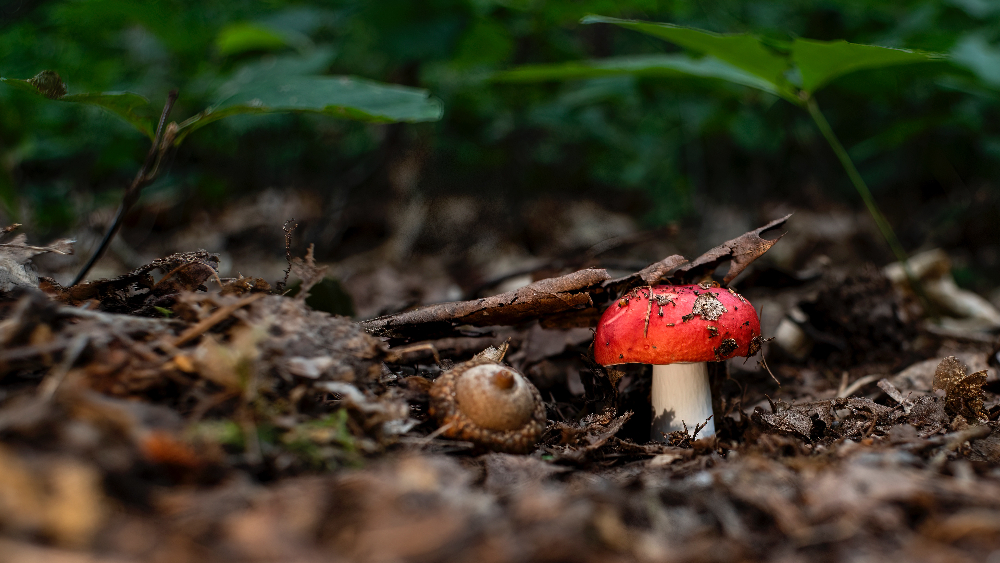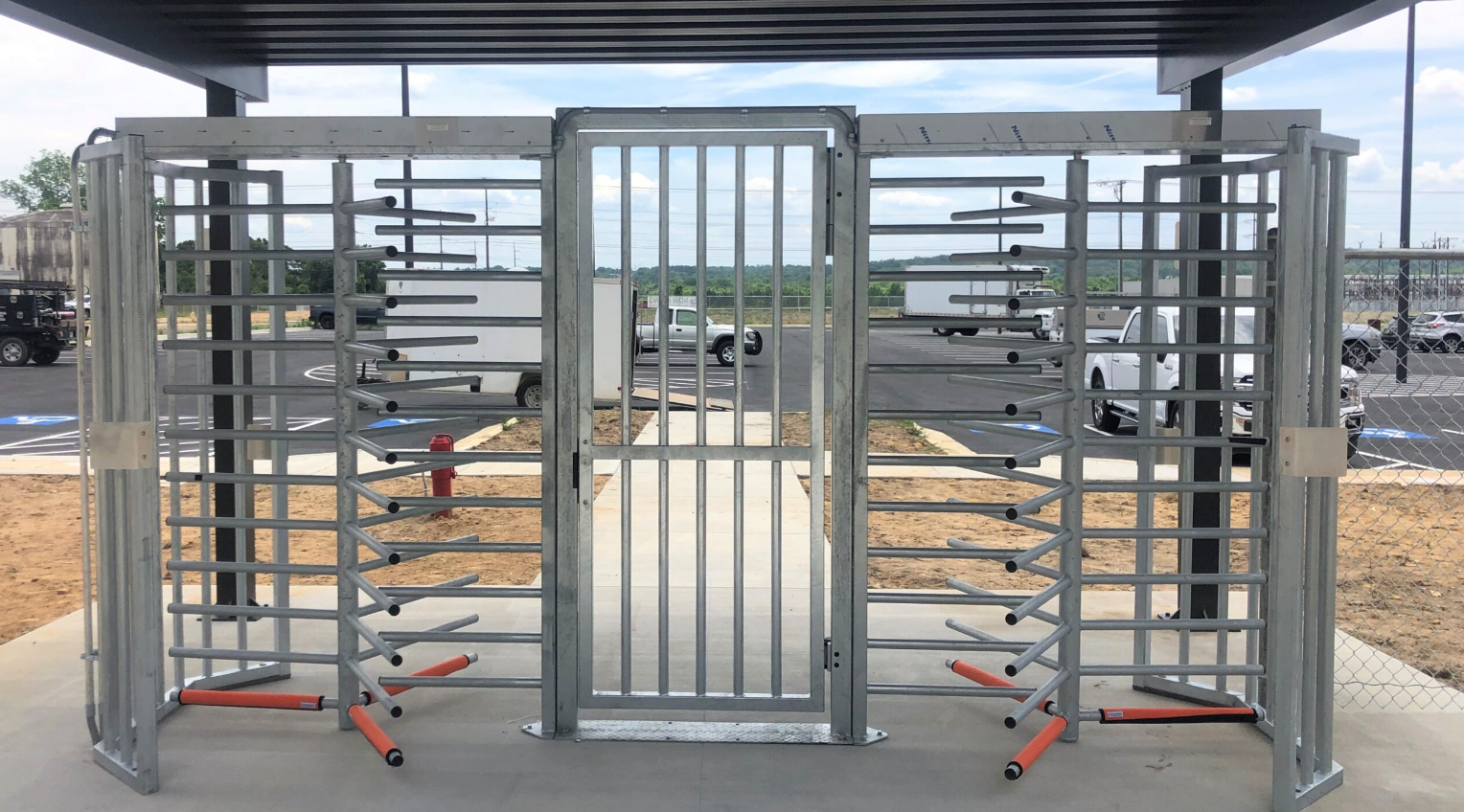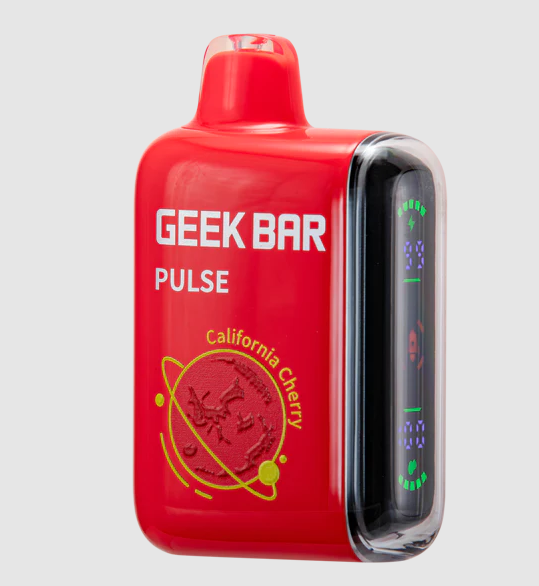What Is the Difference Between Plastic Injection and Plastic Extrusion?
Two widely utilized processes in plastic manufacturing are plastic injection molding and plastic extrusion. For extrusion, the material is formed into a shape by manipulating it, while molding uses the process of forming and hardening it. Manufacturers use these processes to obtain the expected results. Here are the details of each method and how they differ:
Plastic Extrusion
In the process of plastic extrusion, the molten plastic is loaded into a narrow nozzle, which melts the plastic into a barrel. The molten plastic materials are pushed through a die to create a continuous profile of a cross-sectional shape. As it melts, it goes through a die with holes of the desirable shapes, resulting in the extrusion of the product with the planned shape.
The extruded plastic goes through air or water cooling and is then cut to an appropriate size. Plastic extrusion products can be used to make pipes, rods, tubes, and cross-sectional sheets. They can also form materials for use in the automotive, building, and packaging industries.
Advantages
Some advantages of this process are that extrusion can help to mass produce plastic in the form of long, continuous plastic tubes. This is beneficial for high-volume production processes. This process also contributes to the low cost of manufacturing plastics because it minimizes spoilage or losses. By employing this process, manufacturers can create different types of thermoplastic materials that can be used in several applications. The process aids in saving energy and time to manufacture goods in large quantities.
Plastic Injection Molding
Plastic injection includes pushing liquid plastic material into a mold cavity under high pressure. The molded plastic is cooled off after being pushed out of the molding as a fully shaped item. This process is used in manufacturing products used in various industries. These include electronic and automobile industries and devices used in medical and household appliances.
Advantages
This molding technique enables manufacturers to effectively produce intricate pieces very quickly. Injection molding delivers fast and cheap solutions for maximizing production capacity. By using different mold types, manufacturers are able to create intricate plastic pieces for a variety of industries.
Differences
Here is more information about the differences between plastic extrusion and plastic injection molding:
- Process: Molding by injection comprises pouring the liquid plastic into the mold cavity while extrusion forces the liquid plastic through a die to manufacture similar pieces.
- Product Complexity: Injection molding can be chosen if one wants to fabricate complex parts with three-dimensional configurations. Extrusion is preferable when making linear structures that are cross-sectional.
- Volume: Molding by injection is a type of production applied when making large, bulky products, while extrusion can fabricate longer composites.
- Applications: Injection molding is used to manufacture complex parts, and extrusion helps to lay down linear profiles and sheeting materials.
Contact Plastic Extrusion Experts Today
When choosing between extrusion or injection, determine your needs and what products you are going to fabricate. Injection molding and extrusion technology help manufacturers come up with diverse plastics products. Contact plastic extrusion experts to create components that meet your customers’ demands today.





